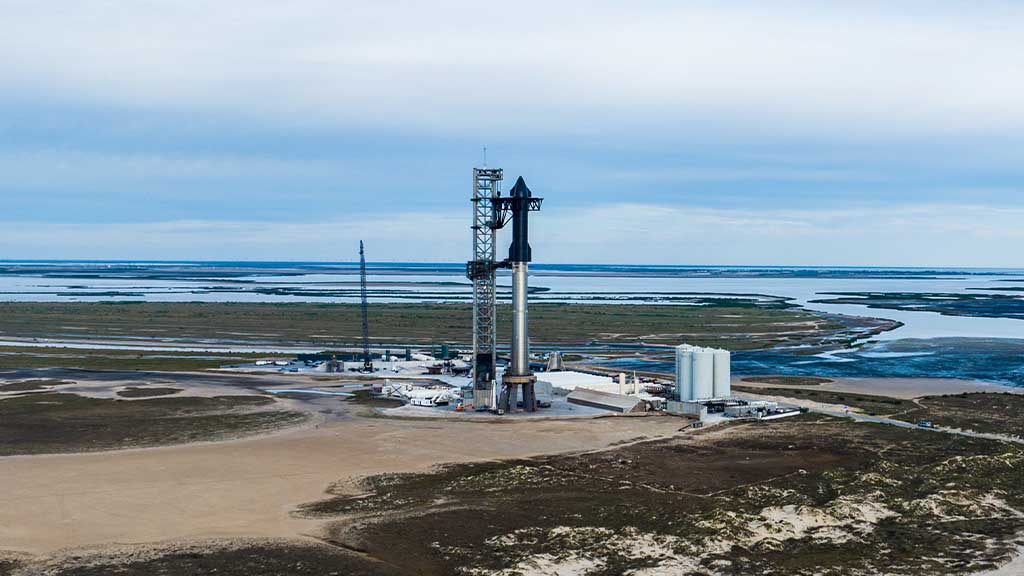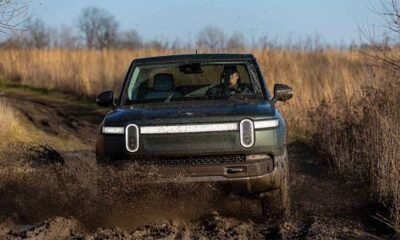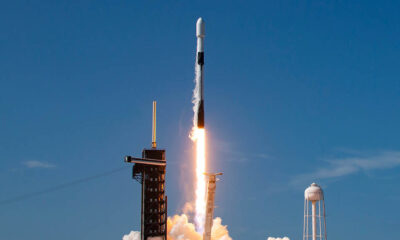SpaceX
SpaceX shares Starship 2 flight story and fixes for Starship 3

SpaceX today shared the story of the Starship Test Flight 2, its milestones, and what it learned for Starship Flight Test 3 which will come soon.
Liftoff:
The launch happened on November 18, 2023, and the Starship 2 cleared lift-off at 7:02 a.m. CT from Starbase Texas. The company confirmed that all of the 33 Raptor engines ignited for the first time compared to the initial flight in April.
Stage Separation:
Within a few minutes, the integrated vehicle conducted a hot staging. This process separates the first-stage booster rocket from the second-stage Starship spacecraft.
The second stage then returns to Earth and the second stage takes the mission forward into space. It was the first time when Starship successfully cutoff the first stage.
The way back to earth requires boost back burns to propel the rocket to the landing zone. During the second flight, 13 of the 33 Raptor engines performed this process.
The burn caused several of these engines to shut down before one engine failed and caused rapid unscheduled disassembly (RUD) of the booster.
The vehicle kept on firing the engine except one, which led to an explosion at an altitude of 90 kilometers over the Gulf of Mexico.
SpaceX says that the first stage RUD is caused by filter blockage. It is responsible for supplying liquid oxygen to engines and lost inlet pressure in engine oxidizer turbopumps. Eventually, one engine failed and caused an explosion in the rocket system.
Second Stage:
During stage separation, the Starship spacecraft fired its 6 Raptor engines and flew away from the booster. This milestone was achieved before the first stage of engine failure.
Starship kept on flying for the next 7 minutes with additional propellant to gather data for future payload deployment. This propellant needed to be disposed of before re-entry to meet the required propellant mass targets at splashdown.
But its liquid oxygen vent has developed a leak in the aft section causing a combustion event and leading to a fire. This event stopped communication between the flight control systems and the spacecraft.
The scenario led to a commanded shutdown of all six engines prior to completion of the ascent burn, followed by the autonomous Flight Safety System detecting a mission rule violation.
It then activated the flight termination system which caused the vehicle to break into the air at an altitude of 150 kilometers. The distance it achieved in the journey is also the first time among the two test flights.
Fixes:
The first stage has implemented hardware changes for oxidizer tanks to improve propellant filtration capabilities and refined operations to increase proper ignition execution.
The second stage will see improved leak reduction, fire protection, and optimized operations related to the propellant vent. SpaceX confirmed that there are new changes to the parts of the spacecraft to reduce the occurrence of flammability.
The company says its new water-cooled flame deflector and other pad improvements in the second test worked well and require a few optimizations for flight 3.
SpaceX is also adding performance upgrades including the debut of a new electronic Thrust vector Control system for Starship’s upper-stage Raptor engines to improve the speed of propellant loading operations before liftoff.
Flight 3:
Federal Aviation Agency (FAA) has concluded its post-flight overseeing of the SpaceX-led investigation for 2nd flight test. It agreed that 17 new changes need to be made before flight 3.
Based on the past input, the company could receive permission from the FAA to fly the third Starship somewhere in March if not delayed to April.
Also, check – SpaceX made 17 improvements to Starship 3 after 2nd flight test
(source – SpaceX)












